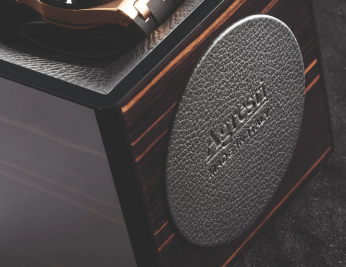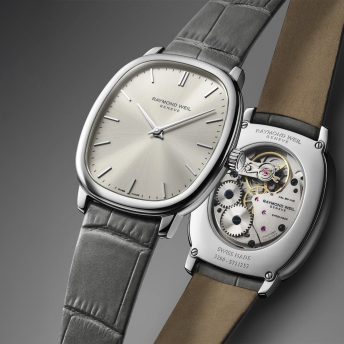
Today the date window (usually at 3 o’clock) it’s one of the features we take for granted, but…
Has it always been like that?
Maybe not everyone knows that the date was the first complication in a wristwatch, immediately after the indication of time by hands.
In horology’s history we can find examples of date indicators in pocket-watches since the XIX century, but we have to thank a swiss watchmaker called Hammerly for introducing it in wristwatches in 1915.
In 1930 Mimo (Girard Perregaux) patented and released to the market the Mimo-Meter, first wristwatch with a date window.
This model allows the public to enjoy a watch complication that was reserved only for high end watches.

Rolex introduces the Jubilee
Another milestone came in 1945, when Rolex’s founder Hans Wilsdorf, introduced the “jubilee”, the first automatic wristwatch with a roulette (black and red) date window. Later, the “cyclops” lens will be added for a date magnification, distinctive sign for Rolex. This watch will then be remembered with the name of “Datejust”.

In this complication, the date switch (the speed at which the number changes) is crucial. A quick switch makes the regulation faster and more precise. In watches without the quick change, at midnight, the new date is shown only after a transition time span, that isn’t too nice to see.
There are two types of watches: quick-set date (usually the first position of the crown) and non quick-set, where you have to move the hands over midnight to change the date.
The pointer-date
Another way to tell the date is the peripherical indication. Widely used in the 40s, it’s usually referred to as “pointer date” due to its additional hand that points at the corresponding date number, printed on the outer dial.

19.800€
A famous example being the Vacheron Historiques Triple Calendar 1942, introduced last year. Many other vintage masterworks featuring this indicator can be found.
After the introduction of the date window, we find the Big Date and the Day-Date
The Big Date
This consists of two big windows (hence the name) to display the date.
It’s one of German brand A.Lange & Söhne’s favorite.

24.500€
The Day-Date
Allows for a both day of the week and date read.
First introduced by Rolex in 1956, available only in yellow gold or platinum, it quickly became a 60s and 70s status symbol.

Less famous is Audemars Piguet’s Royal Oak day-date. Not much appreciated, maybe for the two 3 and 9 sub dials configuration.

Also available with moon phase, could be a good compromise between a perpetual calendar and a simpler day-date.

Ref.25594BA
Watches that exhibit, beside the day and date, also the month or other features are known as calendars (in this case, annual), but we’ll cover them in a future article!
We always recommend being particularly careful when changing a date and to read the instructions of your watch.
Translated by Lorenzo Spolaor (@itsdoc_oclock)












